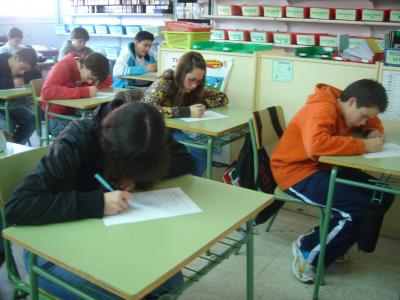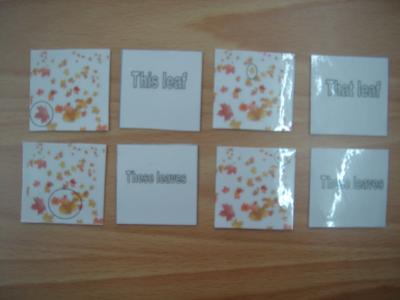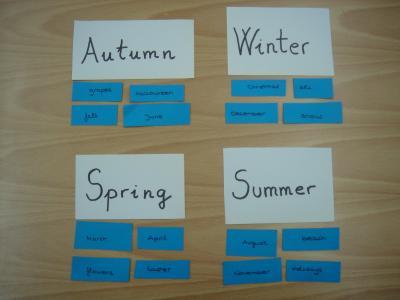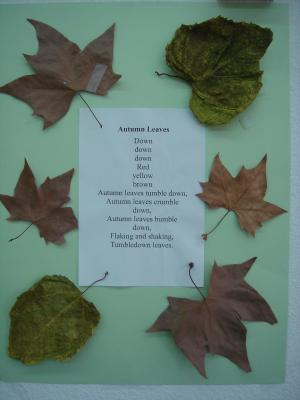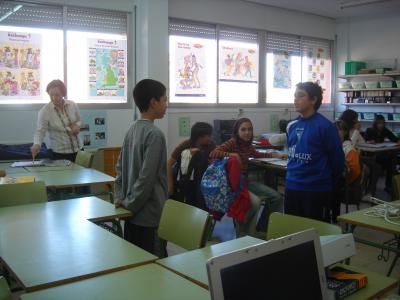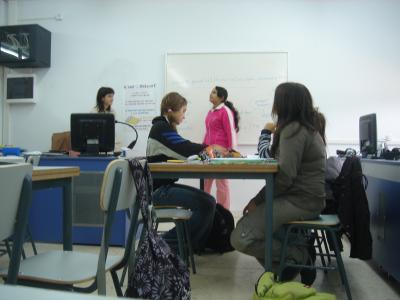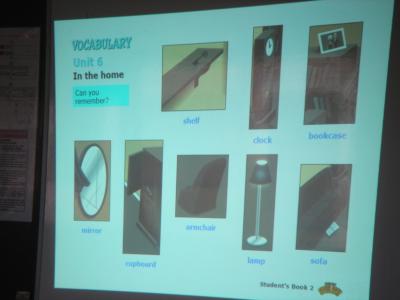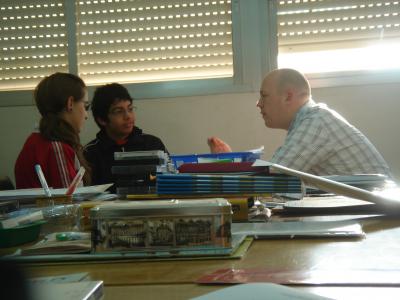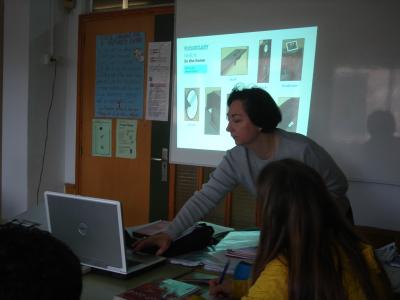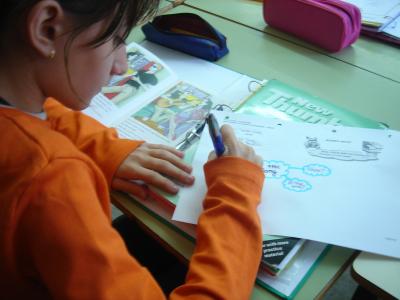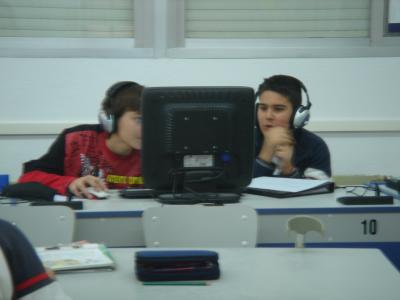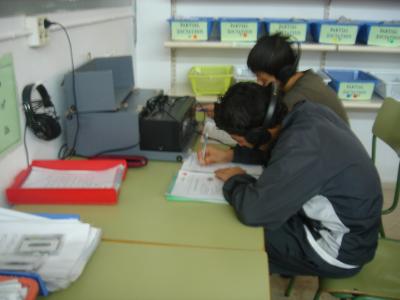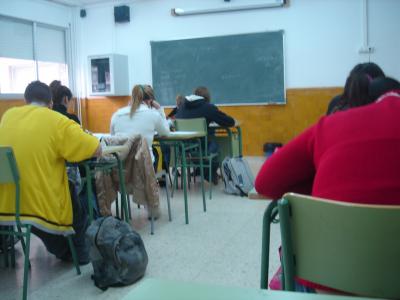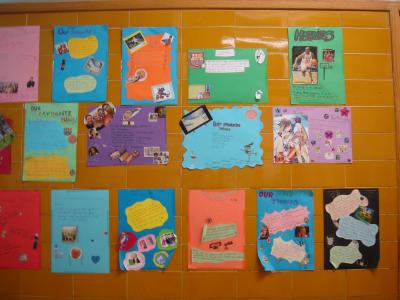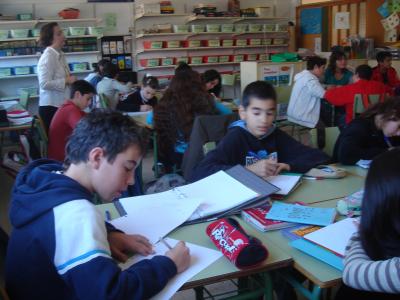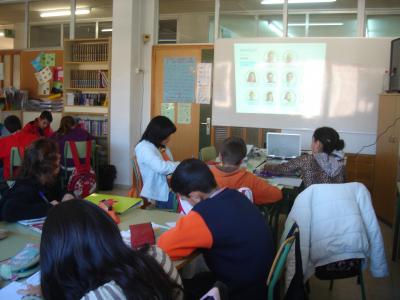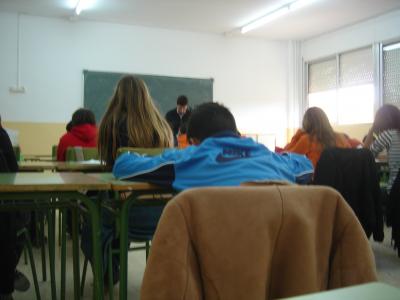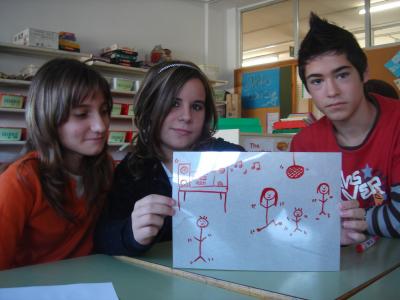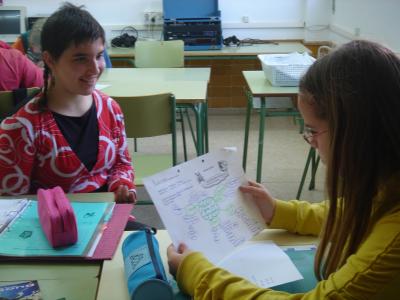Didactic Sequence (2)
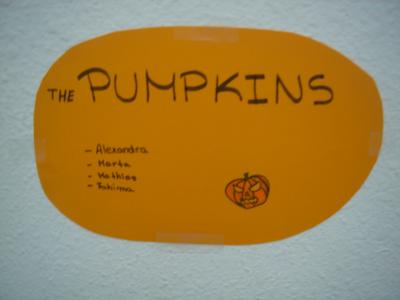
The second day of my didactic sequence. Yesterday I was very happy about the results, but today I felt worse... It seems a disaster!
The whole session has been working in teams, so this management is a difficult one to control, it is more difficult than doing a teacher-oriented class, obviously.
I have started reviewing what we did yesterday (I did it orally and I would have done it written on the whiteboard, too) and I ask them for the homework I gave them yesterday. Only one girl had studied the autumn poem (a perfect recital!) and only three students brought a picture about autumn (we need them to work today!). I thought that some students would not bring it, but only three people... I am a bit disappointed. ![]()
The first activity for the whole class has been choosing a name for their team, a name related to the topic: seasons. They have collaborated very well and names are fine (some are very original!). They have written their names into a piece of paper, they have decorated it and stick it on the nearer wall. (You can see all names in this picture and the next ones)
The other activity about autumn pictures (fortunately I brought some just in case!) has been a little bit weak. They were at different levels and pace, but I will continue working on it next week. I have prepared a transparency to show them how to describe and this has been a success (it is not everything bad!).
